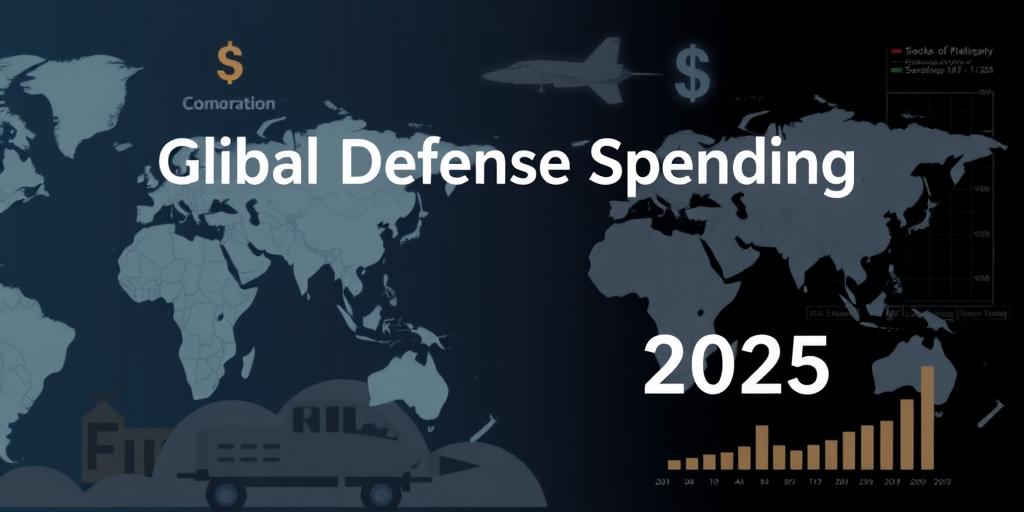India-Pakistan Nuclear Exchange: A Tense Tradition
The annual exchange of nuclear asset lists between India and Pakistan is more than just a diplomatic formality; it's a high-stakes ritual reflecting a complex and often fraught relationship. This tradition, born from the 1988 pact, is a delicate balancing act, a testament to the need for cautious restraint in the face of deep-seated distrust. Discover the story behind this critical exchange and its significance in maintaining a precarious peace.
The Annual Ritual: A Necessary Evil?
Every January 1st, representatives from both nations meet, exchanging detailed lists of their nuclear installations. This may sound like a routine bureaucratic exercise, but the context is anything but. Each list is a declaration, a testament to the inherent dangers of an escalating arms race between nuclear-armed nations with a long history of conflict. The meticulous documentation underscores the gravity of this responsibility. Both countries' commitment to this process is, despite ongoing political tensions, essential for preventing unintended escalation and maintaining a fragile stability. This commitment serves as a vital reminder of the consequences of nuclear conflict in South Asia, highlighting the value of responsible deterrence strategies.
The 1988 Pact: A Legacy of Prevention
The cornerstone of this practice is the 1988 agreement, formally known as the Prohibition of Attacks against Nuclear Installations and Facilities. Born from a realization of the unthinkable potential for conflict, this treaty establishes the vital framework of mutual trust necessary for the avoidance of nuclear war in this volatile region. It is a testament to diplomatic action's capacity to overcome fierce disagreements. Despite years of conflict, both sides are dedicated to the success of this process. While a monumental step in conflict prevention, this treaty underscores the reality of the tense relationship. A shadow of past hostility always lingers. Despite numerous political roadblocks and escalations, the commitment to transparency regarding nuclear weapons remains resolute.
A Delicate Balance: Transparency and Distrust
The information exchanged includes precise details on the location of nuclear facilities. This transparency fosters trust between countries that have rarely demonstrated such sentiments publicly. While mistrust between both nations persists, these annual exchanges present an opportunity for direct, structured communication and demonstrate their collective adherence to a mutually beneficial goal. While these processes offer opportunities for further communication, it's essential to acknowledge the underlying political complexities.
Despite this openness, the inherent distrust is undeniable. The list exchange alone does not resolve the long-standing geopolitical and border conflicts; rather, it signifies the crucial mutual recognition that nuclear war is never an acceptable outcome. Therefore, the willingness to engage in this critical step displays that while trust remains severely strained, mutual survival takes priority over the political posturing that has characterized much of the recent past.
Beyond the Lists: The Broader Picture
While the annual exchange of lists is pivotal, it is just one piece of the much larger puzzle that constitutes peace-building between India and Pakistan. Addressing historical and contemporary points of friction is an arduous task, a protracted process that has made many previous efforts fail. However, this exchange of lists is a key element in an otherwise unpredictable dynamic, an anchor of stability in a sea of uncertainty. Numerous factors weigh into this dynamic, including the broader geopolitical scene, other regional factors, and, crucially, internal politics within each country. Yet, year after year, this critical component remains a fixture and helps maintain a necessary communication channel amidst a persistently troubled atmosphere.
Take Away Points
- The annual nuclear asset list exchange between India and Pakistan is a critical part of preventing nuclear conflict in South Asia.
- Despite persistent political tensions, both countries remain committed to the 1988 agreement.
- The transparency generated by this exchange serves as a reminder of the responsibilities of maintaining responsible control over these critical weapons.
- It fosters structured communication despite deep-seated distrust.
- This exchange underscores that in nuclear matters, survival takes priority over political conflict.









